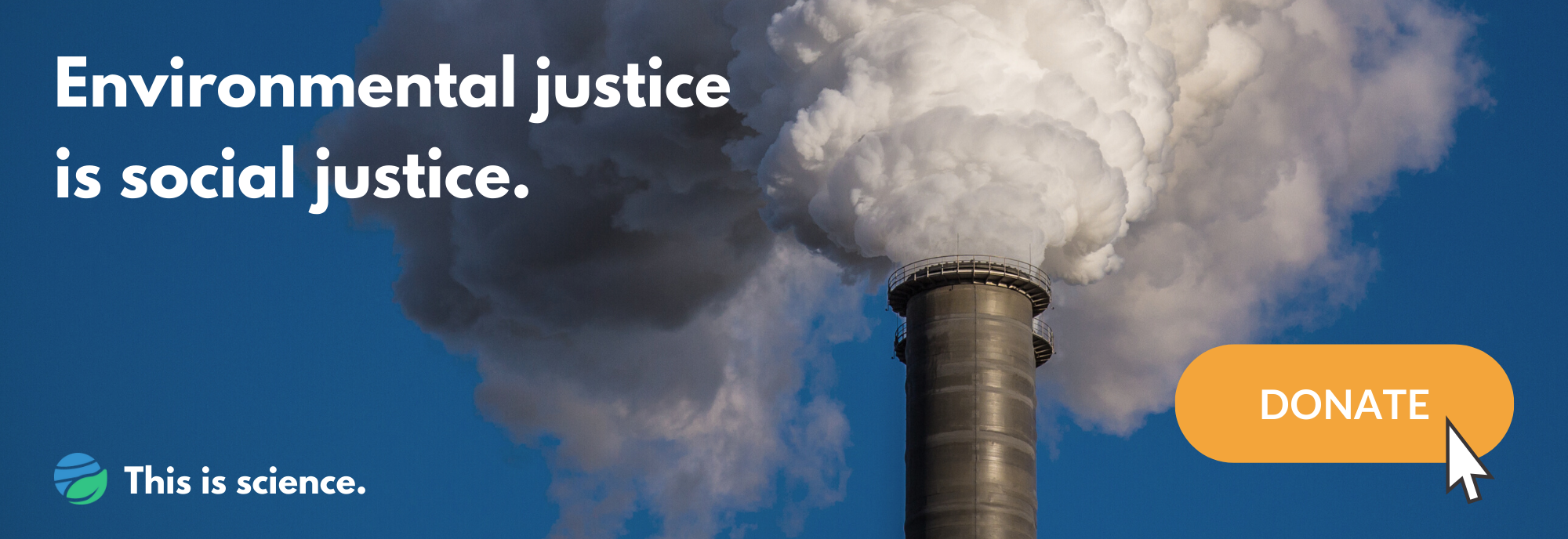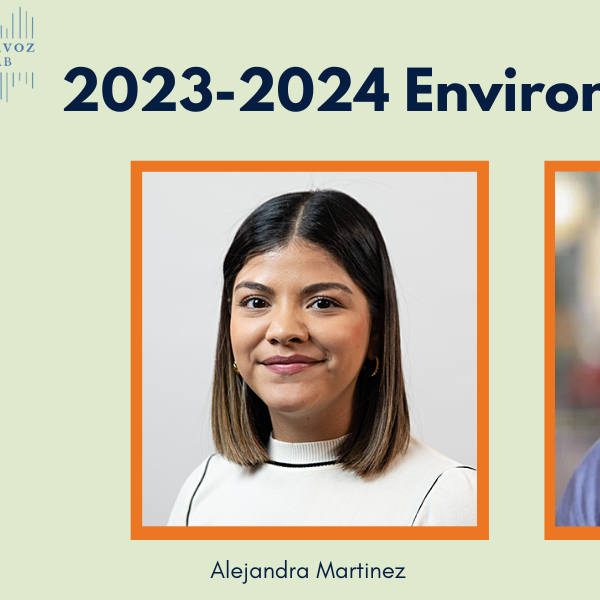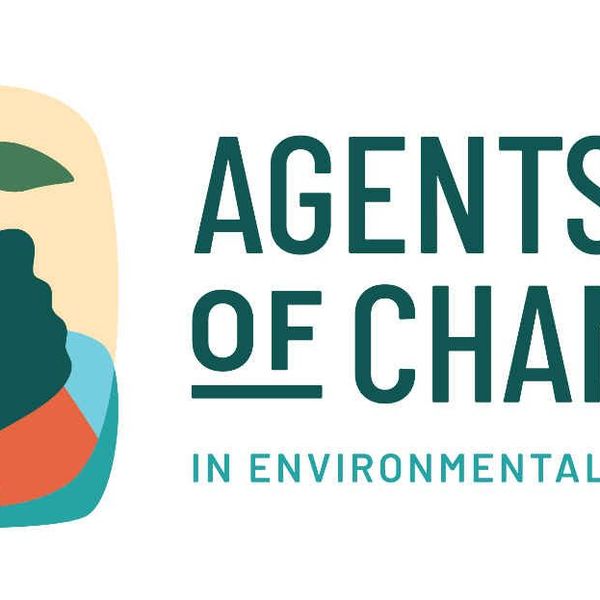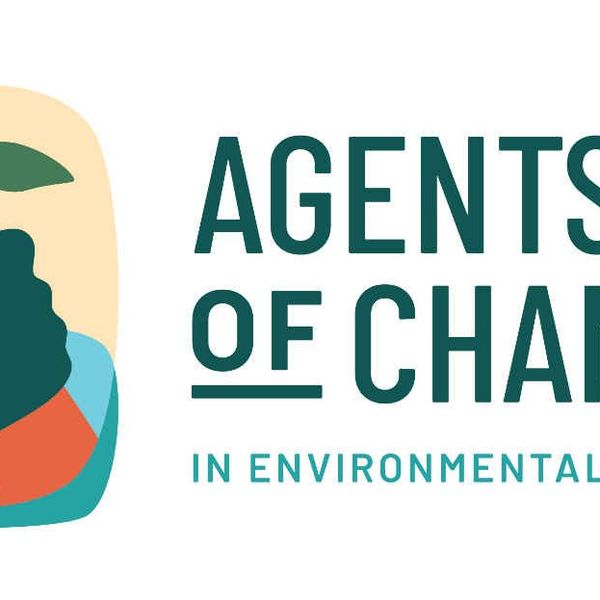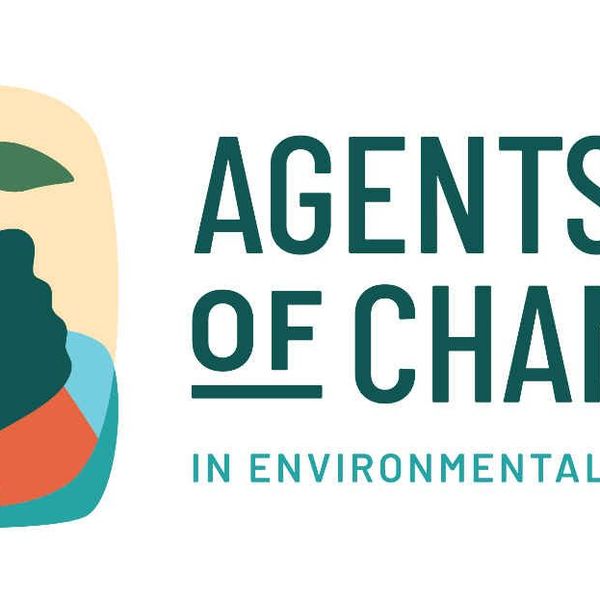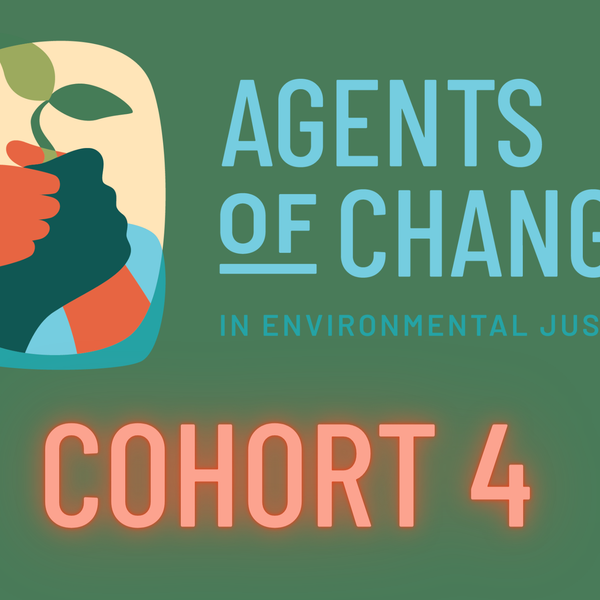For more than two decades, my mother has worked in poorly ventilated nail salons where she inhales toxic fumes that have caused new health issues.
Similarly, my father works as a low-wage laborer in an old warehouse where smoke and dust pollute the air.
Like many, my parents compromise their health for their livelihood.
In 2015, a 30-year-old worker was refinishing a bathtub using a paint stripper with 85% to 90% methylene chloride. He kept the bathroom door closed so vapors would not spread to the rest of the house. Two hours later, he was found unconscious, slumped over the bathtub. He was rushed to the emergency department in full cardiac arrest. Failing to respond to life-saving measures, he was pronounced dead. He was a father to three young children.
Methylene chloride (also known as dichloromethane) is a toxic chemical most people have never heard of. Working as a research fellow with UCSF's Program on Reproductive Health and the Environment, I recently published the latest case series of deaths from the chemical in JAMA Internal Medicine.
I discovered 85 eerily similar narratives from 1980-2018, more than was previously acknowledged by the Environmental Protection Agency (EPA). Nearly nine out of ten deaths were workers just trying to do their jobs. Since 1985, poison centers across the country have received more than 37,000 calls about methylene chloride exposures.
Approximately 260 million pounds of methylene chloride are produced for human use every year for products such as paint strippers, cleaners, degreasers, adhesives, and sealants. Everyday activities involving methylene chloride paint strippers included refinishing old bathtubs, floors, furniture, bicycles, and cars. It is also used to manufacture photographs, pharmaceuticals, and even popular decaffeinated coffee beans.
The EPA knows methylene chloride is dangerous and deadly—yet regulations on this chemical, and thousands like it, remain patchwork and leave workers exposed and at risk.
As a medical student and public health practitioner, I believe that people like my parents should not have to choose between working and being healthy. Protections against chemicals in the U.S., particularly in the workplace, are inadequate. Even worse, we don’t have the infrastructure to track the magnitude of chemical poisonings, never mind addressing them.
A known but ignored danger
The worker’s premature death in 2015 is an exemplar case of methylene chloride's most fatal effect—its ability to decrease your ability to breathe and stay conscious.
In the 1800s, methylene chloride was used as an anesthetic, but doctors discontinued the practice after seeing how often going under could lead to death. Once it enters the bloodstream, methylene chloride metabolizes in the liver and is broken down into carbon monoxide—a poisonous chemical asphyxiant—and formaldehyde, a carcinogen. It’s metabolized that way for hours after exposure. Methylene chloride also causes early-onset heart attacks and arrhythmias in vulnerable individuals, leading to sudden cardiac death from the lack of oxygen to vital organs. We found that, in more than 60% of the autopsies, workers who died from methylene chloride had evidence of coronary artery disease, possessed more oversized and heavier-sized hearts, and were, on average, overweight.
Chronic exposure to methylene chloride is quite insidious—it’s classified as a probable human carcinogen and associated with rare cancers of the liver and gallbladder, and lymphoma. Even the EPA acknowledged that methylene chloride is "likely to be carcinogenic in humans by all routes of exposure."
This essay is part of "Agents of Change" — see the full series
All the deaths from our study occurred in settings with insufficient ventilation and inadequate personal protective equipment (PPE). Methylene chloride vapors are heavier and denser than air, causing them to sink close to ground level. Therefore, safely and adequately ventilating a space becomes a challenge: simply opening windows and using room fans are insufficient. When working in the presence of high methylene chloride exposure, the Occupational Safety and Health Administration (OSHA) requires a full-face, pressure-demand, and supplied-air respirator. The space needs to be aggressively ventilated with local exhaust ventilation and sources of fresh air. Gloves need to be made out of polyethylene/ethylene vinyl alcohol as latex, nitrile, vinyl, and neoprene gloves are not resistant to the chemical.
Before our study, during the last days of the Obama administration in 2017, the EPA concluded that methylene chloride use in paint and coating removal posed an unreasonable risk to humans. They proposed a ban on its use in both consumer and commercial settings. Yet, this proposal was shelved when the Trump administration took over the next day. Meanwhile, the European Union banned methylene chloride paint strippers for all consumer and most commercial applications by 2012.
Worker health protections

Everyday activities involving methylene chloride paint strippers included refinishing old bathtubs, floors, furniture, bicycles, and cars. (Credit: City Year/flickr)
In her essay, Agents of Change fellow Michelle Gin wrote, "When consumers state what they want—safer, healthier options—retailers will work with distributors and manufacturers to meet that demand.” Indeed, a grassroots movement fueled by high-profile consumer deaths led significant retailers such as Lowe's, Home Depot, and even Amazon to stop selling methylene chloride paint strippers by 2018. In response to rising consumer discontent, the EPA issued a formal ban only on the personal use of methylene chloride paint strippers in 2019. This final rule is a win for the everyday consumer who unsuspectingly buys paint strippers containing this toxic chemical, but still intentionally leaves workers unprotected—an injustice that the EPA must rectify.
Thirty-five years ago, the National Institute for Occupational Safety and Health (NIOSH) estimated that more than one million workers were being exposed to methylene chloride. Seven years ago, the EPA admitted that at least 230,000 workers were directly exposed to methylene chloride from paint strippers. These numbers are underestimated. They leave out other methylene chloride products and exclude unsuspecting bystanders who are indirectly exposed. Workplace violations of OSHA requirements also persist unaddressed, with the most common offenses including failure to provide exposure monitoring, worker training on hazards and safe work practices, and appropriate PPE. In their 2010 report, OSHA recorded 7,220 total violations since 2000 during 1,046 inspections in almost 300 industries.
This essay is also available in Spanish
In 2020, the EPA released a final risk evaluation, concluding that methylene chloride exposure created "unreasonable risks" to workers, occupational non-users, consumers, and even bystanders in 47 out of the 53 conditions of use. Yet, in January 2021, the EPA withdrew part of the proposed 2017 rule that would have protected workers. Safe and effective alternatives exist. So, why does the EPA continue in this inequitable treatment of workers and perpetuation of preventable poisonings?
Even consumers, for which methylene chloride paint strippers are now prohibited, are not fully protected under the latest rule. They can still be exposed by using other widely available methylene chloride-containing products, including sealants and adhesives. Indeed, we documented deaths from these products. Perusing the latest annual report in 2019 from poison centers across the country reveals nearly 200 poisonings from these other products.
Health is a human right
The ongoing saga of methylene chloride is a significant illustration of a more extensive and longstanding problem—the inadequacies of our public health reporting and surveillance systems. If the U.S. had an efficient, intelligent system for identifying and preventing hazards, our study would not have been needed. Despite culling through 10 data sources, the numbers are likely underreported because there is no national surveillance system for chemical exposures. Deaths from methylene chloride can be misattributed to "natural causes,” and critical exposure information omitted in reports.
Current national leadership needs to invest in our state and federal systems' abilities to coordinate, track, and promptly report consumer and work-related chemical illnesses using multiple data sources, including disease registries and hospital medical records. Our regulations need to ensure that we do not continue to be plagued by the well-known and previously described game of “whack-a-mole” with the chemical industry. This phenomenon refers to when a toxic compound like methylene chloride is simply replaced by another hazardous substance such as xylene, ethylbenzene, and toluene. These “regrettable substitutions” are now widely available at a hardware store near you, threatening any past protection the EPA’s ban provided for consumers.
As a medical and health professional, and daughter of low-wage laborers, I believe that we all deserve to live our healthiest lives whether at home, work, or place of play. Health, after all, is a human right.
The precautionary tale of methylene chloride and my parents’ personal experience with harmful exposures are but a small example of thousands of harmful chemicals to which we are easily exposed.
A core tenet of public health is prevention, and as a society, we can do better.
This article was produced through the Agents of Change in Environmental Justice fellowship. Agents of Change empowers emerging leaders from historically excluded backgrounds in science and academia to reimagine solutions for a just and healthy planet.
Banner photo: Paint stripping on dial areas of Big Ben and the Elizabeth Tower. (Credit: UK Parliament/flickr)
- Fast food burgers, fries, and pizza may leave you full of phthalates ›
- Black and Latinx hairdressers exposed to high levels of phthalates ... ›
- LISTEN: Annie Hoang on advocating for safer workplaces - EHN ›
- LISTEN: Annie Hoang on advocating for safer workplaces - EHN ›
- LISTEN: The dangers of skin lightening products - EHN ›
- LISTEN: Denise Moreno Ramírez on protecting workers in auto shops and beauty salons from toxics - EHN ›
- Jan-Michael Archer on the fight for environmental and workers’ rights - EHN ›


